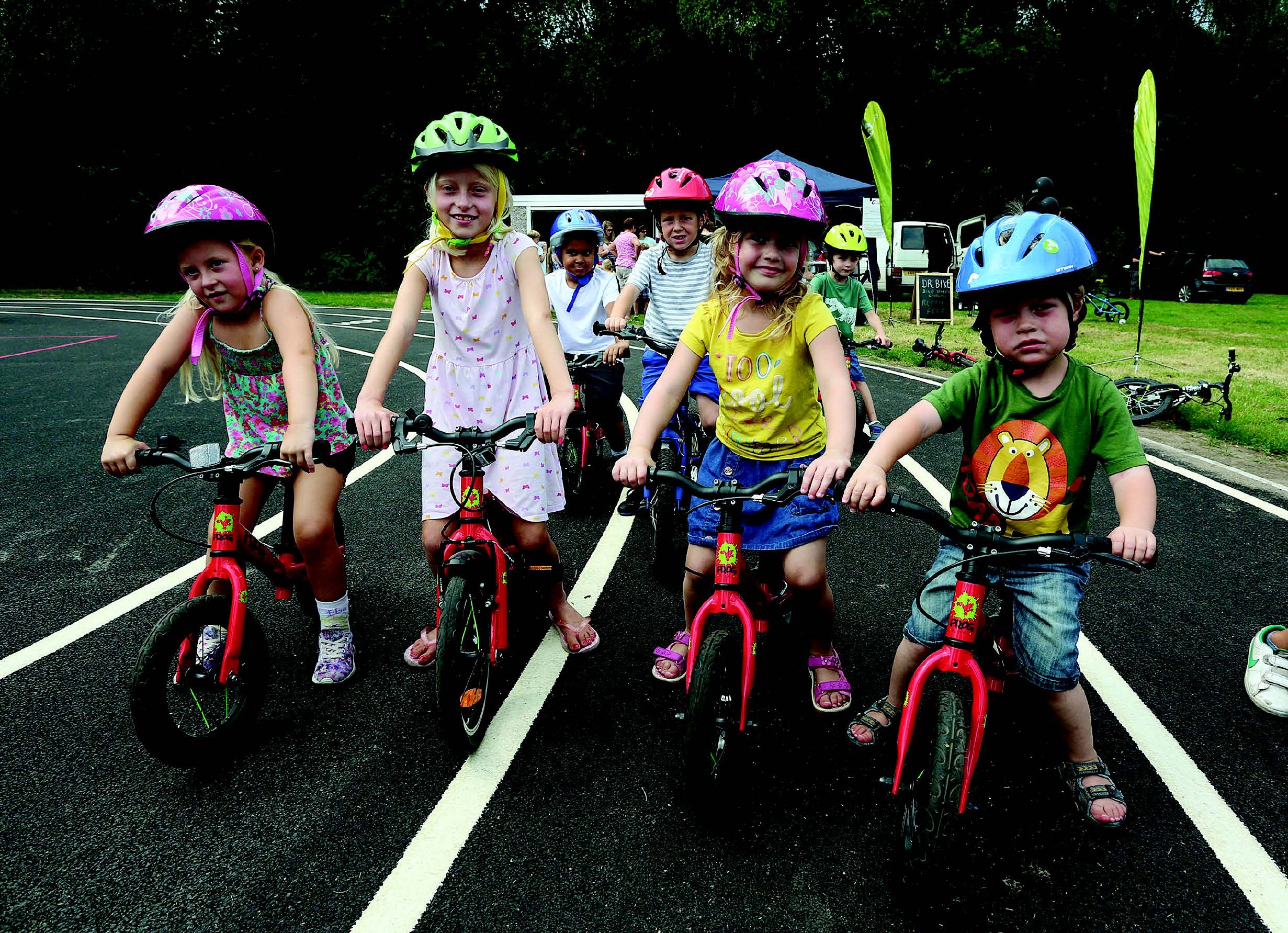
Sport England is spending £250m to combat inactivity as part of its five-year strategy. It will be the single largest national investor in projects that will tackle inactivity.
Sport England have said they are taking a fresh approach to sharing information and strategies regarding the success and failures of new and existing projects. In addition community groups will be given increased power and more support with their decision making, and the private sector will be encouraged to create inspiring sports facilities that deliver against the following five outcomes:
What funding is available?
Funding through the Community Asset Fund is available from £1,000 to £50,000, and on an exceptional basis up to £150,000. The scheme is open for submissions and you can now apply all year long without having to meet strict deadlines as in the past.
Organisations that can demonstrate positive outcomes for children and young people, women, disabled people, people from lower socio-economic backgrounds and senior citizens will be considered favourably.
The type of projects that won’t be considered for funding include those intended for private gain, retrospective funding (paying for works you have already completed), children’s playgrounds and play equipment, football-only projects and routine maintenance and repairs resulting from wear and tear.
What outcomes should your scheme should deliver?
What will help a successful application?
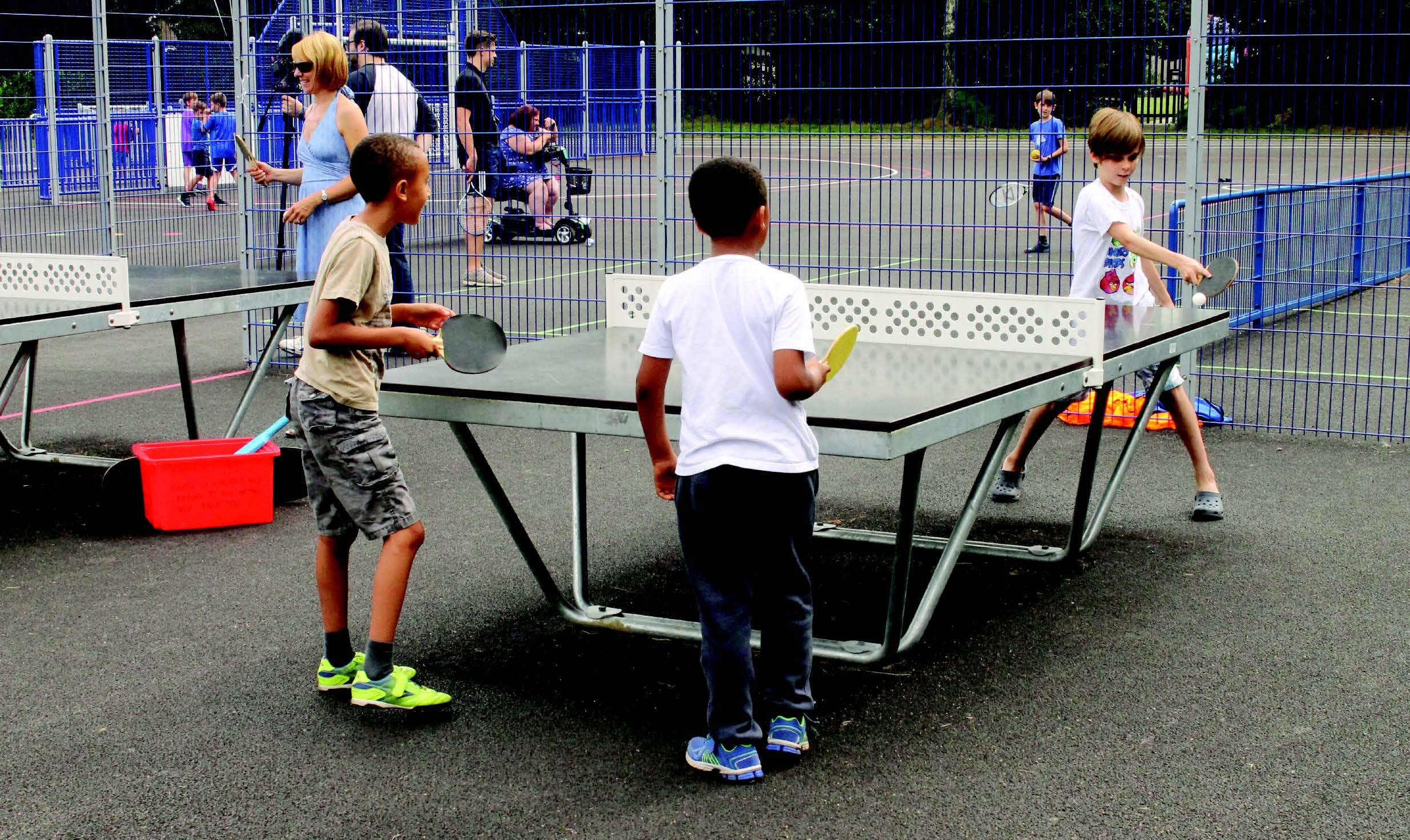
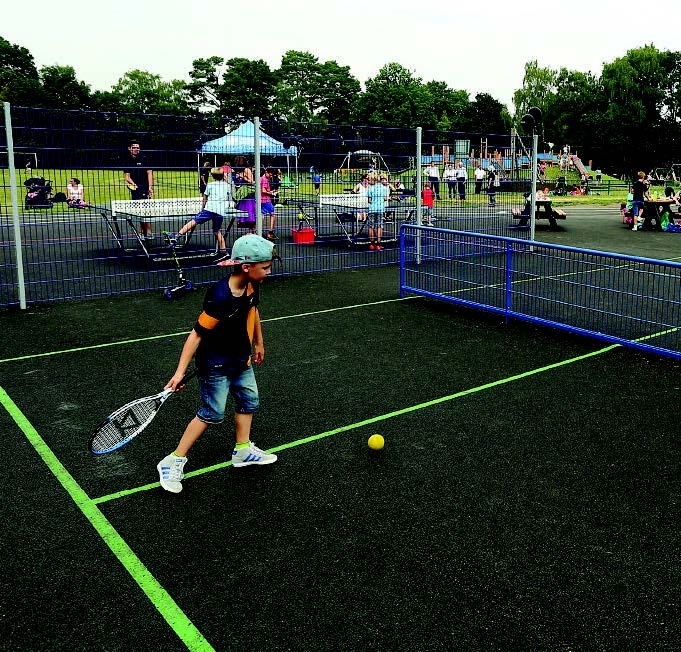
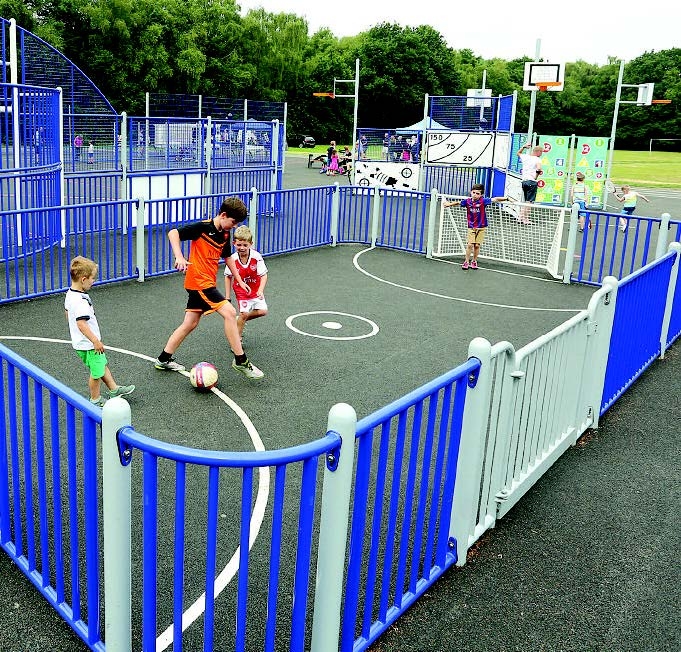
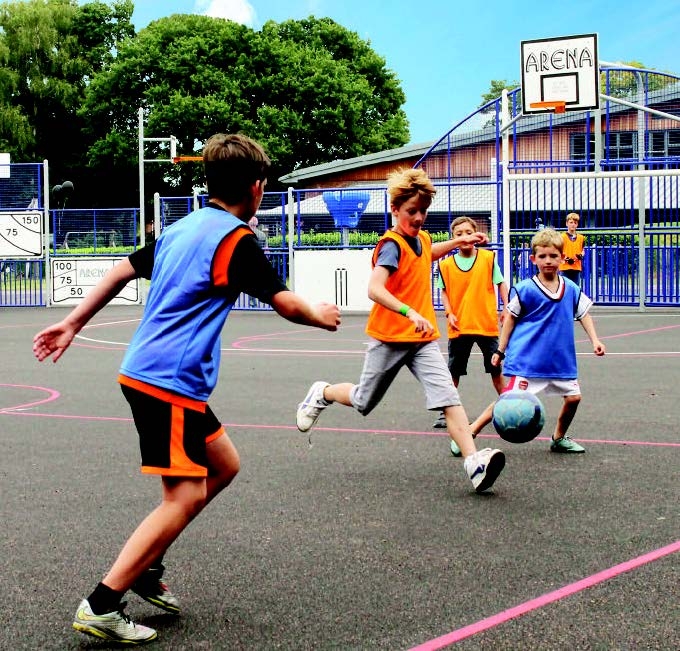
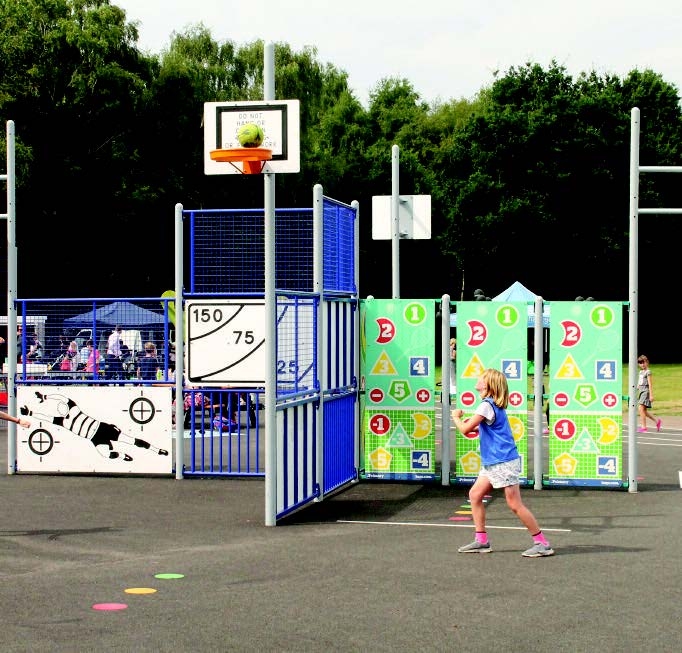
What makes a sustainable facility?
Sport England wants to create quality and financially sustainable facilities that benefit their community for years to come. To achieve this, consider things such as equipment guarantees, compliance with safety standards (e.g. Multi-Sport EN 15312, Outdoor Adult Fitness EN 16630), spare part availability, customer support offered by supplier.
A solid inspection and maintenance policy will extend the lifespan of the facility and help spot issues quickly.
Planning a community space
This requires collaboration with your local authority and/or the landowner. If you have an existing facility which needs repair or new equipment you may not need planning permission. However, if you want to develop a new site, you should consider the following at the project outset:
CASE STUDY
Developing an inclusive community sports facility
HAGS recently installed a community multi-use games area in Finchampstead. Wokingham Borough Council asked us to develop an area to tackle inactivity, encourage community spirit and promote a variety of activities for all ages and abilities.
The completed project comprises a large, bespoke multi-sport court crafted from solid structural steel which is covered by a lifetime guarantee. Two mini streetball courts and a bespoke tennis zone lie adjacent to the arena configuration. There is also a bespoke multi-skills area equipped with customised activity panels allowing for multiple games and catering for large number of people at once. Three table tennis tables and a curved 185m circuit designed for health walks, jogging and cycling complete the scheme.
An open-plan curved design
This gives the space the appearance of a recreational area, rather than a sports complex, making more it more inviting for those new to activity. The design also allowed natural surveillance to avoid anti-social behaviour, while the reduced fencing helped to lower the cost of the scheme without compromising on the play value.
The lack of physical boundaries between the different play zones encourages people to flow through the space. Seating has been incorporated to allow people to rest after their sessions.
The facility is used by neighbouring schools and Reading Football Club holds free sessions for the public at the site. The SHINE programme (Some Health Improvements Need Exercise) also intends to host programmes for the over 60s in the area.